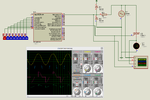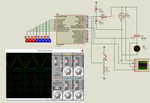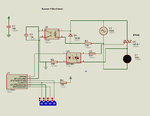ALERTLINKS
Advanced Member level 4

- Joined
- Dec 13, 2003
- Messages
- 1,258
- Helped
- 396
- Reputation
- 786
- Reaction score
- 380
- Trophy points
- 1,363
- Location
- Pakistan
- Activity points
- 7,263
Follow along with the video below to see how to install our site as a web app on your home screen.
Note: This feature may not be available in some browsers.



Code C - [expand]
Code C - [expand]





Every GPIO pin on the PIC12F629/675 except GP3, has a weak pull-up option. .




Code C - [expand]
Code C - [expand]
Code C - [expand]